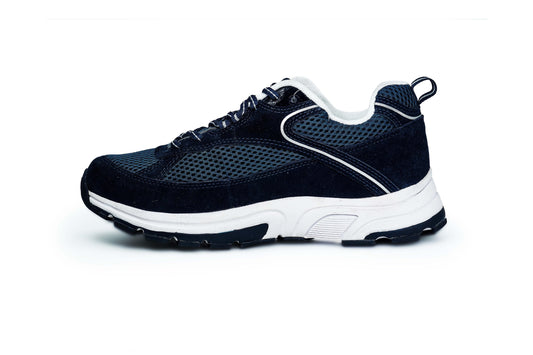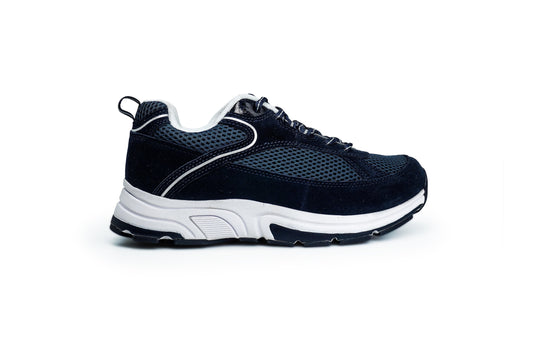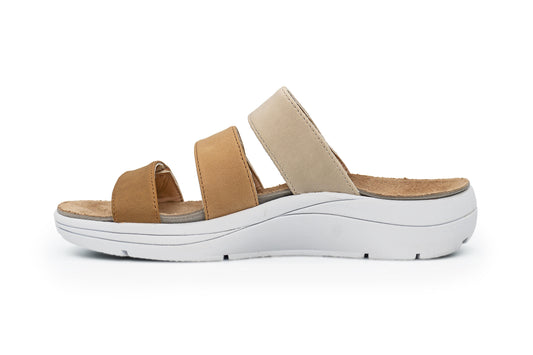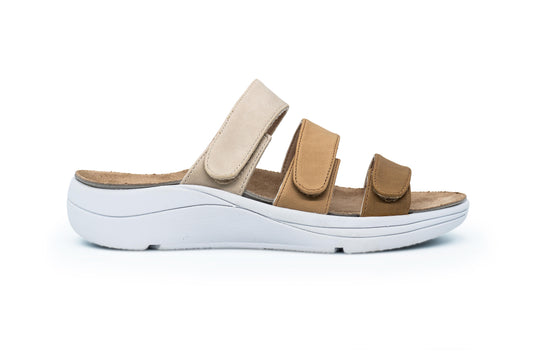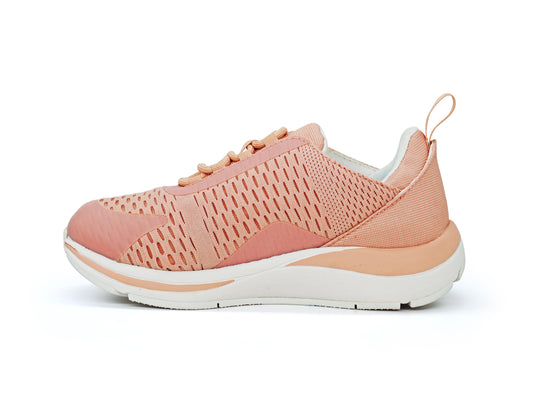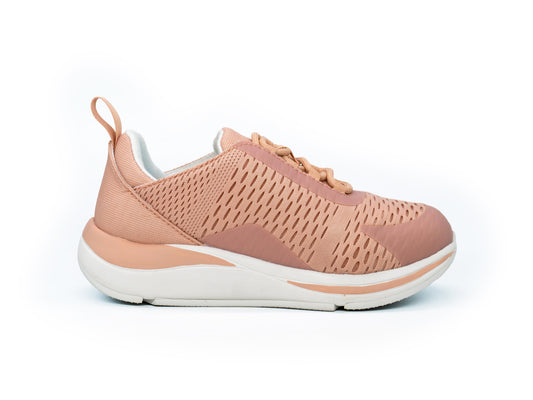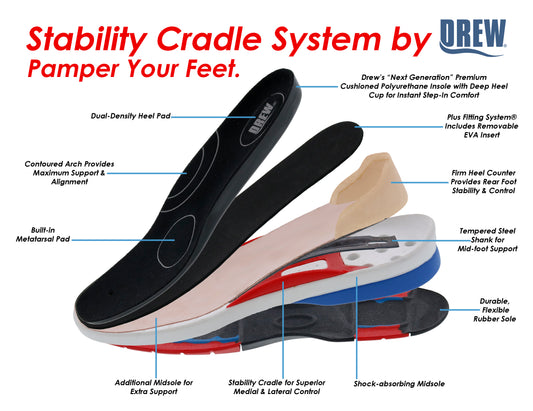Inner ankle pain can be a frustrating and debilitating issue for many people. Whether you're an athlete, a busy parent, or someone who enjoys leisurely walks, pain in the inside of your ankle can disrupt your daily activities. In this article, we'll delve into the causes, symptoms, and treatments for inner ankle pain, including a focus on tibial tendonitis. Inner ankle pain often stems from issues with the tendons and ligaments in the foot and ankle. One common culprit is tibial tendonitis, also known as posterior tibial tendonitis. This condition occurs when the posterior tibial tendon, which runs along the inside of your ankle and foot, becomes inflamed or damaged.
Tibial Tendonitis Explained

The posterior tibial tendon is crucial for supporting the arch of your foot and stabilizing your ankle. When this tendon is overworked or injured, it can lead to pain on the inside of the foot below the ankle. Activities that require repetitive foot movements, like running or jumping, can exacerbate the condition.
Other Causes of Inside Ankle Tendon Pain
-
Sprains and Strains: Overstretching or tearing of the ligaments can cause significant discomfort.
-
Arthritis: Joint inflammation can manifest as pain in the ankle.
-
Fractures: A break in the bones around the ankle can cause severe pain and swelling.
Symptoms of Inner Ankle Pain

The symptoms of inner ankle pain can vary depending on the underlying cause. However, common signs include:
-
Pain or tenderness along the inside of the ankle
-
Swelling or puffiness in the ankle area
-
Difficulty walking or bearing weight on the affected foot
-
A visible change in the shape of the arch of your foot
-
Stiffness or reduced range of motion
If you experience any of these symptoms, it's important to consult a healthcare professional for an accurate diagnosis.
Diagnosing the Problem
A proper diagnosis is key to effective treatment. During a medical evaluation, your doctor will likely:
-
Take a detailed medical history
-
Perform a physical examination of the foot and ankle
-
Ask about your activity level and any recent injuries
-
Recommend imaging tests such as X-rays or an MRI to assess the extent of the damage
Treating Inner Ankle Pain
Treatment for inner ankle pain depends on its cause. Here are some common methods used to alleviate pain and promote healing.
Rest and Ice
Resting the affected foot and applying ice can reduce swelling and pain. This is often the first step in managing inner ankle pain.
Medications
Nonsteroidal anti-inflammatory drugs (NSAIDs) like ibuprofen can help manage pain and inflammation.
Physical Therapy
Physical therapy exercises can strengthen the muscles around the ankle, improve flexibility, and prevent future injuries. Therapists may also use techniques like ultrasound or massage to enhance recovery.
Orthotic Devices

Supportive orthotic devices or braces can relieve pressure on the posterior tibial tendon and provide arch support. At DiabeticShoe.in, you’ll find carefully designed orthopedic and diabetic-friendly footwear with built-in arch support and cushioning. These shoes are crafted to reduce stress on sensitive joints while keeping your ankles comfortable during daily activities. Explore our men’s footwear and women’s footwear collections for options that support long-term foot health.
Surgical Options
In severe cases where conservative treatments fail, surgery may be necessary. Surgical procedures can repair or reconstruct the damaged tendon to restore function and alleviate pain.
Preventing Inner Ankle Pain
-
Choose Proper Footwear: Opt for supportive shoes with cushioning and stability. Our orthopedic footwear is designed to reduce ankle strain and provide all-day comfort.
-
Warm Up and Stretch: Stretching the ankle muscles before activity can prevent injuries.
-
Gradual Training: Increase activity levels progressively to avoid overloading tendons.
-
Listen to Your Body: Take breaks when discomfort arises to prevent further damage.
When to Seek Medical Advice

If you experience persistent inner ankle pain that doesn't improve with home treatment, it's important to seek medical advice. Untreated tendon injuries can lead to more severe issues, such as tendon rupture or chronic pain.
Walking Towards Relief
Inner ankle pain can interfere with daily life, but with the right awareness and treatment strategies, recovery is possible. By incorporating rest, therapy, lifestyle adjustments, and most importantly, supportive footwear from DiabeticShoe.in, you can take proactive steps toward healthier ankles and greater mobility. Investing in the right shoes is not just about comfort—it’s about protecting your ankle health in the long run.

